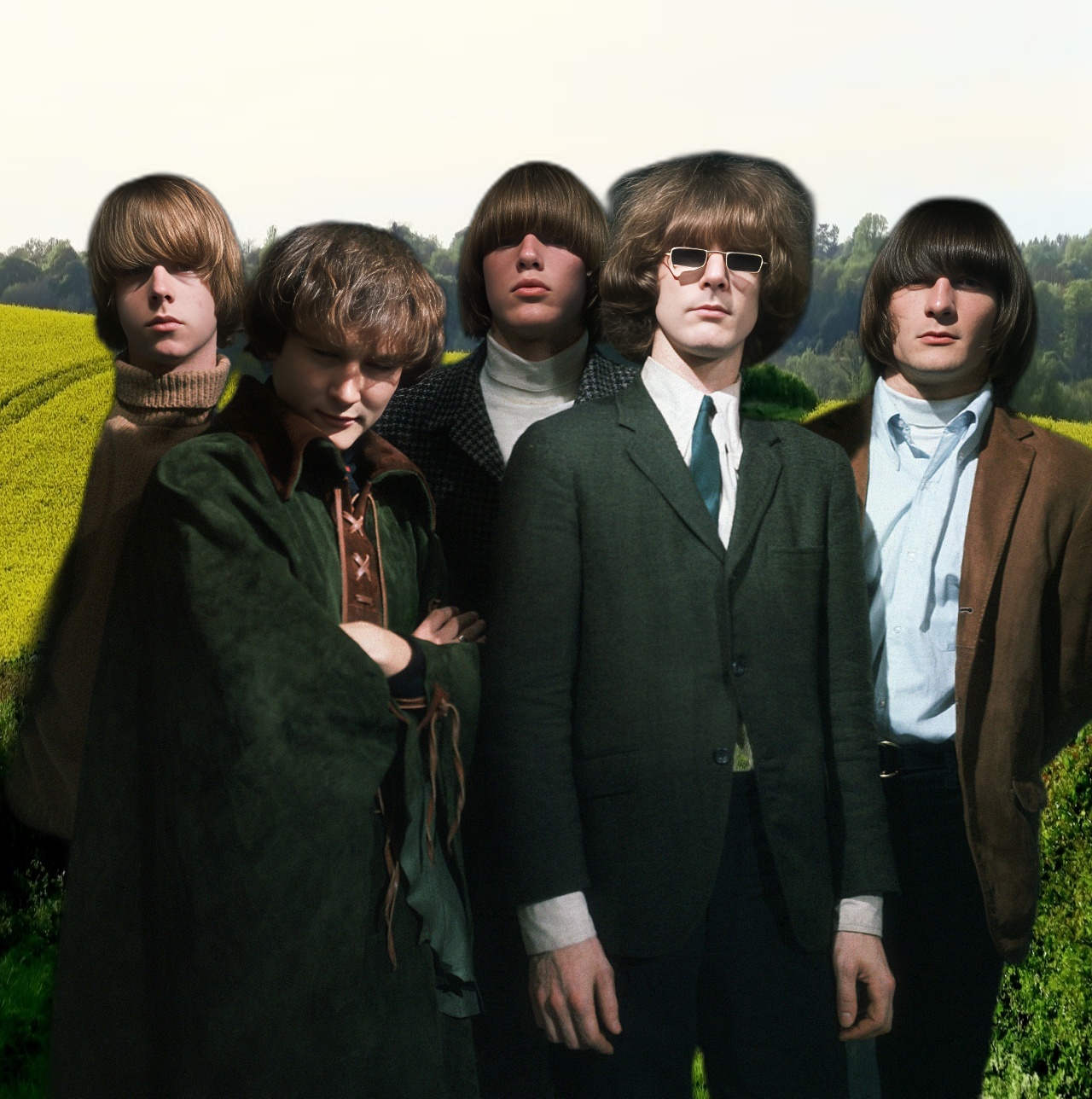
“Mr. Tambourine Man,” a song indelibly linked to the 1960s folk-rock explosion, is a landmark recording primarily recognized as a hit single by The Byrds, though written by Bob Dylan. The Byrds, a Los Angeles-based band, emerged as pioneers of the genre, blending British Invasion rock with American folk sensibilities. Formed in 1964, the group, initially known as the Jet Set, consisted of Jim McGuinn (later Roger McGuinn), Gene Clark, David Crosby, Chris Hillman, and Michael Clarke. Their innovative sound, characterized by McGuinn’s distinctive 12-string Rickenbacker guitar chime and the band’s tight harmonies, quickly garnered attention.
“Mr. Tambourine Man,” released in 1965, catapulted The Byrds to international fame. The song soared to the top of the Billboard Hot 100 chart, marking their first number-one hit. This success was followed by a string of other charting singles including “Turn! Turn! Turn! (To Everything There Is a Season).”
While open to interpretation, the song is generally considered a plea for escape and inspiration. The narrator, weary of the world, seeks solace and guidance from the enigmatic “Mr. Tambourine Man,” requesting him to play a song that will transport him to a more blissful state of mind, often interpreted as a drug-induced experience. Dylan himself has remained relatively enigmatic about the song’s exact meaning, leaving it open to individual interpretation.
The song’s impact was immediate and profound. Audiences were captivated by the Byrds’ unique sound and the song’s evocative lyrics. “Mr. Tambourine Man” not only launched The Byrds into superstardom but also played a crucial role in popularizing folk-rock, influencing countless artists in the decades that followed. Its enduring appeal lies in its timeless theme of seeking solace and inspiration, resonating with listeners across generations.